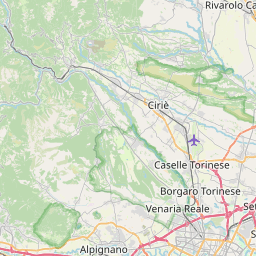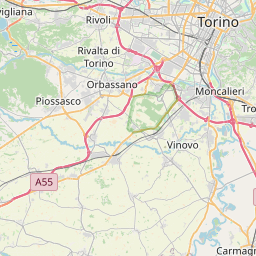Milestones:Rotating Fields and Early Induction Motors, 1885-1888
Title
Rotating Fields and Early Induction Motors, 1885-1888
Citation
Galileo Ferraris, professor at the Italian Industrial Museum (now Polytechnic) of Turin, conceived and demonstrated the principle of the rotating magnetic field. Ferraris' field, produced by two stationary coils with perpendicular axes, was driven by alternating currents phase-shifted by 90 degrees. Ferraris also constructed prototypes of two-phase AC motors. Rotating fields, polyphase currents, and their application to induction motors had a fundamental role in the electrification of the world.
Street address(es) and GPS coordinates of the Milestone Plaque Sites
Energy Center HouseTurin Polytechnic, Via Paolo Borsellino 38/16I 10138 Torino, Italy, 45.067670589021425, 7.656374030422288
Details of the physical location of the plaque
The plaque will be mounted on a wall in the Entrance Hall. The Hall is open to the public.
How the plaque site is protected/secured
There is a porter's lodge .
Historical significance of the work
Galileo Ferraris (1847 – 1897) was an Italian engineer and scientist. After graduation in civil engineering in Turin he joined the Italian Industrial Museum ( now Technical University) of Turin where in 1877 he became professor of technical physics. His initial studies concerned mechanics, geometrical optics and theory of heat. In 1881 he took part in the International Electrical Exhibition of Paris and was attracted by the emerging field of electrical technology. Three years later he was charged to organize the electric section of the Italian General Exhibition in Turin where Lucient Goulard and John Gibbs presented their secondary generators. On that occasion Galileo Ferraris employed these new machines, later called transformers, for the first experiment of long-distance transmission of AC power from Lanzo to Turin ( 40 km, 20 kV, 2 kW, 133 Hz). One of his scientific achievements is the description of the operation of transformers using Maxwell's theory. Inspired by his studies on the optical phase difference in light waves, starting from 1885 Galileo Ferraris conceived the idea of generating a rotating magnetic field by means of alternating currents and, consequently the production of a mechanical rotation using alternating currents without commutation unlike previously done.
Features that set this work apart from similar achievements
The Ferraris motor represents a remarkable step forward in electrical technology because it showed the optimal solution for the conversion of electric power in mechanical power by using AC two-phase or three-phase systems. This fact also determined the end of the dispute between direct current and alternating current in industrial applicationsin favour of the latter. As early as 1891, at the International Electrotechnical Exhibition in Frankfurt Galileo Ferraris was hailed as “the father of the three-phase system”. In Europe he is unanimously recognized as the inventor of the induction motor and the leader of AC power transmission.” Both for his contribution to electrical engineering and for his work to make the benefits of electricity widely available, Galileo Ferraris deserves to be remembered as one of the great names in our profession” (B. Bowers)
Significant references
2.Silvanus P. Thompson, A letter to Galileo Ferraris,25 October 1896
3. Percy Dunsheath, A History of Electric Power Engineering, The MIT Press, 1962, p. 188
4.Brian Bowers, A History of Electric Light & Power, Peter Peregrinus, 1982, p. 255
5.Brian Bowers, Galileo Ferraris and Alternating Current, IEEE Proc, vol. 89, n.5, May 2001, pp. 790-792
6. M. Mitolo, M.Tartaglia, Galileo Ferraris: A Life Dedicated to the Electrical Sciences, IEEE Industry Appl. Magazine, 2016, pp 8-11
Supporting materials
See references
Map












